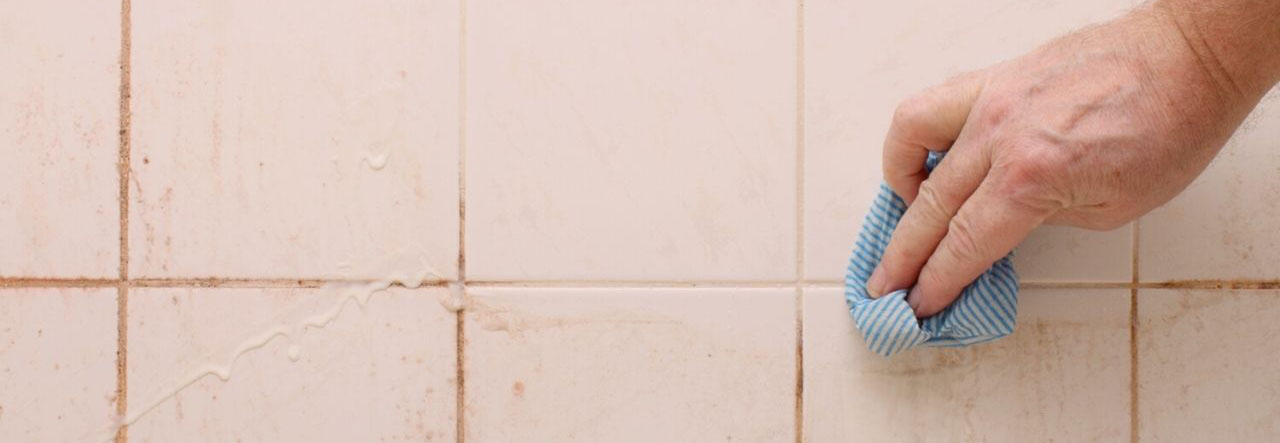- Shower Panels
-
Showering
- Shower Doors & Enclosures
- Walk In Showers & Wetroom Glass
- Shower Trays
- Shower Valves
- Bath Shower Screens
- Shower Accessories & Spares
- Shower Pumps
- View all products...
-
Bathroom Suites
- Complete Bathroom Suites
- Baths
- Toilets & Bidets
- Basins
- View all products...
- Taps
- Furniture
- Radiators
-
Ceilings, Floors, Tiles
- PVC Ceiling Panels
- Bathroom Flooring
- Tiles, Tile Trims & Adhesives
- Underfloor / Undertile Heating
- View all products...
- Accessories
- Extras
- Plumbing
- Wet Rooms
- Shower Panels
-
Showering
- Shower Doors & Enclosures
- Walk In Showers & Wetroom Glass
- Shower Trays
- Shower Valves
- Bath Shower Screens
- Shower Accessories & Spares
- Shower Pumps
- View all products...
-
Bathroom Suites
- Complete Bathroom Suites
- Baths
- Toilets & Bidets
- Basins
- View all products...
- Taps
- Furniture
- Radiators
-
Ceilings, Floors, Tiles
- PVC Ceiling Panels
- Bathroom Flooring
- Tiles, Tile Trims & Adhesives
- Underfloor / Undertile Heating
- View all products...
- Accessories
- Extras
- Plumbing
- Wet Rooms
Beat Pink Mould in Your Bathroom For Good

Have you recently noticed some pink discolouration on your bathroom tiles, shower seals or anywhere else for that matter? These tips will see that unsightly mould vanish and ensure your bathroom keeps looking it's best.
Is Pink Bathroom Mould Dangerous Like Black Mould?
Unlike the green mould we tend to see or the ever-feared black mould that sometimes lurks under wallpaper on damp homes, the pink "mould" you see in your shower or bath isn't actually mould. This pink fungus is called a biofilm - meaning a bacterial colony - called Serratia Marcescens, this bacteria thrives in moist and warm environments like showers, baths etc and feed off the minerals and fats in soap and shampoos.
To most of us, it is perfectly harmless and theirs no cause for alarm if you accidentally brush up against it without realising its there. It can cause ailments such as urinary tract and bladder infections if it comes into contact with your eyes or an open wound. The severity of these depends on the person's immune system BUT it's better to be safe than sorry.
How Do I Get Rid Of Pink Bathroom Mould?
Luckily, pink shower mould doesn't exactly hide with its pink hue letting you know exactly where it is. This makes it easy to find and remove from walls, floors, countertops, and anywhere else it might decide to take up residence. With some basic household cleaners and techniques, you can get rid of these unsightly bacteria and make sure it doesn't come back.

Removing Pink Bathroom Mould With Baking Soda
The first step to removing this biofilm is a big of good old elbow grease. Mix up a slightly runny paste of washing up liquid and baking soda into a bowl and, using a firm scrubbing brush, go to work on all areas of your bathroom that has been struck by pink mould. This should lift and loosen it from your grout and other hard surfaces. We also recommend you use skin, eye and breathing protection to limit your exposure to the bacteria while doing this.
Once you're done scrubbing, grab yourself a damp cloth and wipe away the baking soda and bacteria mix. on tiled walls, baths and shower trays you could even use the showerhead to rinse it down the drain.
Disinfect Your Bathroom To Remove Any Traces
Scrubbing the bacteria away might seem like enough to get the job done, but after removing any visible pink mould we then need to disinfect and sanitise the area to remove anything you CAN'T see.
The best tool for the job is a bleach-based bathroom cleaner as it kills the bacteria while cleaning up any staining left behind. Liberally spray any surfaces you have scrubbed and let it sit and work it's magic for a good 10 minutes. After this, give it another scrub and wipe down to reveal a perfectly clean surface.

Put Shower Curtains Through The Wash To Sanitise
Your shower curtain is the perfect hangout for biofilms in the bathroom, it has a high surface area and it gets all the moisture and soap splashes when you shower. If your shower curtain has fallen victim to a pink tinge, have no fear as getting your shower curtain looking good as new is even easier than the rest of the bathroom. Simply take your shower curtain down and run it through your washing machine on a gentle, warm cycle. This will effectively remove any bacteria and associated stains.
Please first ensure that your shower curtain is machine washable and then simply air-dry it on your washing line.
How Do I Stop It From Coming Back?
The bacteria that cause pink mould love damp areas. This means that one of the best forms of prevention is to keep the moisture levels in your bathroom as low as possible. This might sound impossible considering a hot shower or bath releases steam all over the room.
By wiping down hard surfaces and tiles with a towel or squeegee after every use, you'll greatly reduce the chances of having to re-scrub your tiles and shower seals. Regularly removing soap scum coupled with regularly washing your shower curtain (about once a month) will also help to keep it at bay. Remember to turn on you bathroom extractor fan and even increasing the over run time will reduce the humidity in the bathroom and reduce mould growth.
This guide was created for reference only. www.rubberduckbathrooms.co.uk can not be held responsible for injury or damage caused if you decide to use this method.





